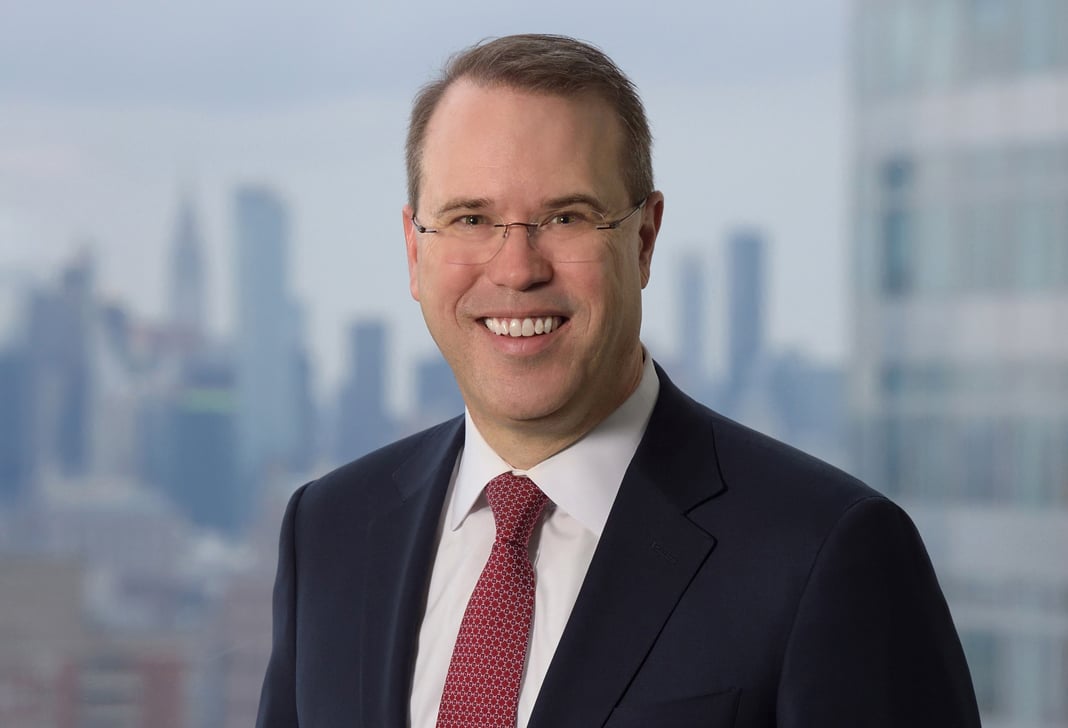
Enforcing the Line Between Product Liability and Public Nuisance
In Short
The Situation: Courts are increasingly confronted with attempts by the plaintiffs' bar to repackage traditional product liability claims as public nuisance claims, as a ploy to circumvent various elements of product liability law.
The Result: Jones Day won a significant victory for Chevron in paraquat multidistrict litigation ("MDL"), convincing the MDL court to reject the public nuisance claims as disguised product liability claims.
Looking Ahead: After some outlier decisions expanding the scope of public nuisance liability beyond its traditional metes and bounds, there is an emerging trend of courts—across states and contexts—limiting nuisance liability to its traditional confines. From a public policy standpoint, this trend is encouraging.
Around the country, creative plaintiffs' lawyers have been repackaging product liability claims as public nuisance claims to avoid dismissal. Plaintiffs have used this maneuver to attempt an end-run on important product liability limitations, including requirements to show that a product is defective, a reasonable and available alternative design, and proximate causation of injury. Plaintiffs also try to avoid the product liability statutes of limitations or repose. While some outlier courts have allowed plaintiffs to repackage their product liability claims in this way, courts in recent high-profile litigation have explained that selling a lawful product cannot give rise to nuisance liability.
In February 2022, the court overseeing the paraquat MDL joined this emerging trend. Paraquat is a product used as a herbicide to control weeds and grasses in fruit and vegetable fields and orchards. The U.S. Environmental Protection Agency has consistently concluded—including as recently as last year—that paraquat does not cause Parkinson's disease, and continues to permit the product to be sold in the United States. Nonetheless, hundreds of plaintiffs have sued manufacturers and distributors of paraquat—including Chevron, whose predecessor distributed the product more than 35 years ago—based on the allegation that the product causes Parkinson's disease. Many plaintiffs asserted public nuisance claims in addition to their standard design-defect and failure-to-warn claims.
The MDL court granted Chevron's motion to dismiss the plaintiffs' public nuisance claims, rejecting their attempt to repackage their product liability claims in this new garb. The MDL court first explained that courts have "been wary … of extending public nuisance law to cover claims regarding non-defective products that are legally sold, absent some additional wrongdoing." In re Paraquat Products Liability Litig., 2022 WL 451898, No. 3:21-md-3004-NJR, at *9 (S.D. Ill. Feb. 14, 2022). And, the court held, the plaintiffs failed to allege such additional wrongdoing as to paraquat. Id. at *10. The plaintiffs' public nuisance claim, which alleged that defendants advertised paraquat despite knowing of its risks, was "repetitive of Plaintiffs' failure to warn claim" and "seeks damages for their alleged injuries rather than abatement of any true public nuisance." Id.
Next, the MDL court grounded its conclusion in the elements of a public nuisance. For one thing, the court explained that because the plaintiffs' claim was really a disguised product liability one, they could not allege an interference with a "public right." A public right is "collective in nature." Id. Interference with such a right requires more than just a series of individual personal injuries. The MDL plaintiffs failed to allege "harm to the general public" because they alleged only "injuries to individuals allegedly caused by direct exposure to Paraquat." Id.
Similarly, the MDL court explained that the sale of a product cannot give rise to nuisance liability for another reason too: The seller lacks "control" over the instrumentality of the nuisance when the injury occurred. Id. at *11. Nuisances must generally be within the direct control of the defendant. The MDL court held that "a manufacturer's choice to carry out its daily business activities" does not "constitute[ ] control over a product after it has been sold." Id. "To allow Plaintiffs to bring a public nuisance claim simply because Defendants carried on their normal day-to-day business operations while Paraquat was allegedly causing Plaintiffs' injuries would expand the tort beyond its intended purpose." Id.
In rejecting the plaintiffs' attempt to expand public nuisance law, the MDL court joined an emerging trend of confining product liability to its traditional sphere. For example, the Oklahoma Supreme Court recently rejected nuisance claims against opioid manufacturers. See State ex rel. Hunter v. Johnson & Johnson, 499 P.3d 719, 725-31 (Okla. 2021). Several other courts have reached similar conclusions. See, e.g., People v. Johnson & Johnson, No. 19-CH-10481, 2021 Ill. Cir. LEXIS 387, at *17-25 (Cir. Ct. Cook Cty., Ill., Chancery Div. Jan. 8, 2021); N.D. ex rel. Stenehjem v. Purdue, No. 08-2018-CV-01300, 2019 N.D. Trial Order LEXIS 3, at *32-38 (Dist. Ct. Burleigh Cty., N.D. May 19, 2019); see also People v. Purdue Pharma L.P., No. 30-2014-00725287, 2021 WL 5227329, at *8 (Cal. Super. Ct. Nov. 1, 2021). This trend is encouraging. Without enforcement of the boundary between product liability and public nuisance, the latter threatens to "become a monster that would devour in one gulp the entire law of tort." Tioga Public Sch. Dist. v. U.S. Gypsum Co., 984 F.2d 915, 921 (8th Cir. 1993). Defendants in future actions should take care to raise arguments designed to police this line.
Four Key Takeaways
- Around the country, plaintiffs' lawyers are repackaging product liability claims as public nuisance claims in order to avoid dismissal.
- While some outlier courts have accepted such repackaging, there is an emerging trend of courts rejecting these attempts.
- To police the line between public nuisance and product liability, courts have required additional wrongdoing—above and beyond the sale of lawful products—to plead a public nuisance claim.
- Additionally, when plaintiffs attempt to repackage their product liability claims, they often will not be able to allege the "public right" and "control" elements of a nuisance claim.




